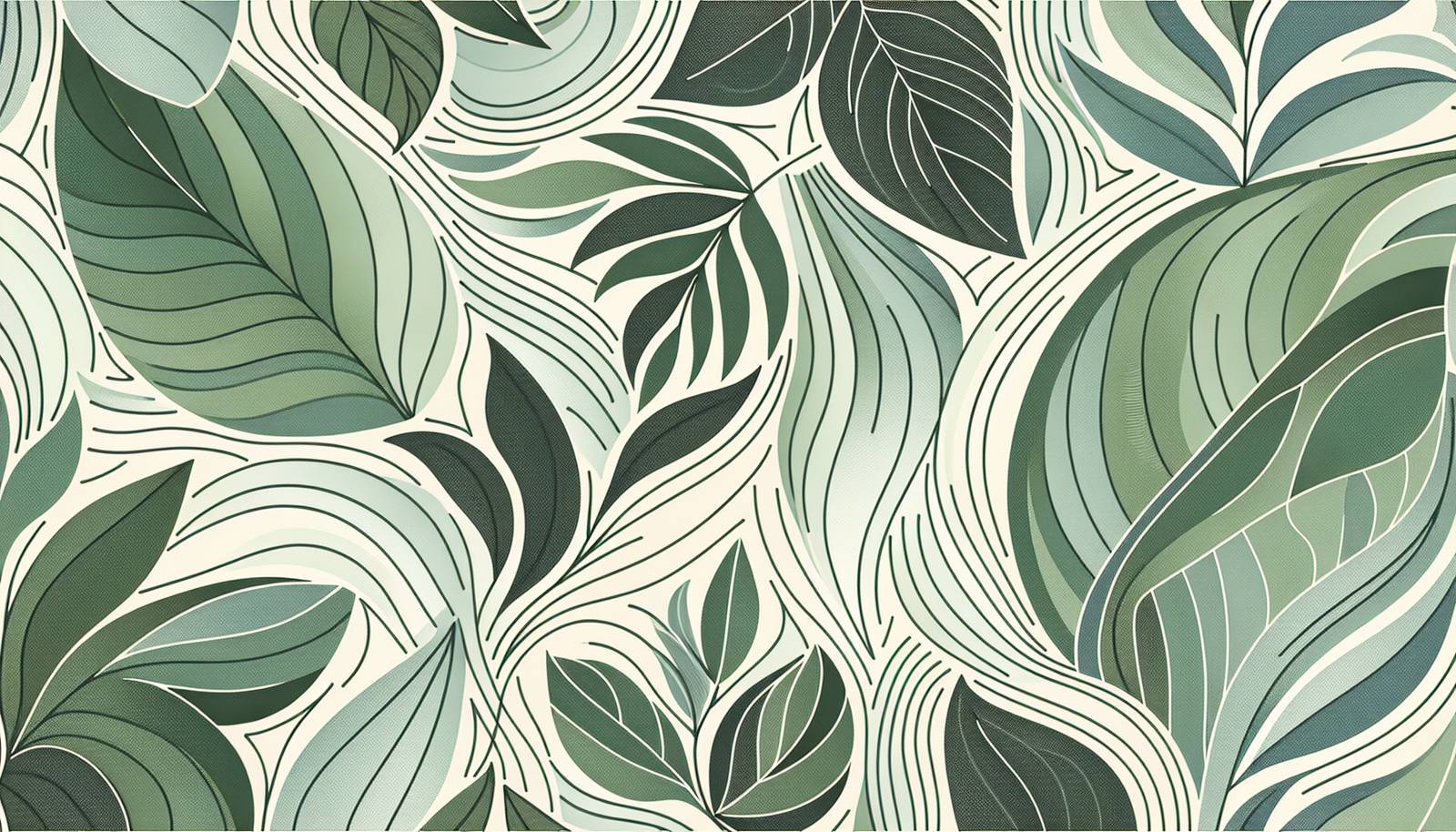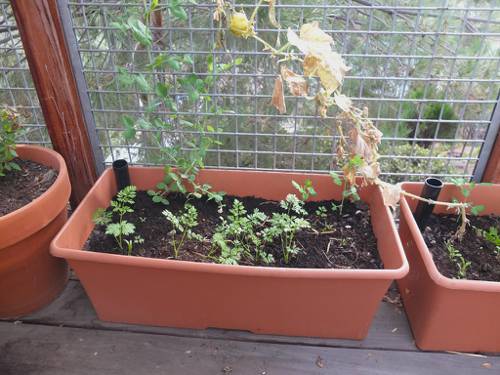
FAQ About Self-Watering Planters for Indoor Plants

What is a self-watering planter?
A self-watering planter is a container designed to automatically supply water to plants through a reservoir system. This system allows the plant roots to absorb moisture as needed, reducing the frequency of manual watering and helping to maintain consistent soil moisture levels for optimal plant health.

How does a self-watering planter work?
A self-watering planter typically consists of a water reservoir at the bottom of the planter, a soil container above it, and a wicking system that draws water from the reservoir into the soil. This setup allows plants to take up water according to their needs, minimizing overwatering or drying out.

What are the benefits of using a self-watering planter?
Self-watering planters offer several benefits, including reduced maintenance since they require less frequent watering, the ability to provide consistent moisture levels that are beneficial for plant growth, and minimizing the risk of overwatering. Additionally, they are ideal for busy individuals or those who travel frequently.

Are there any disadvantages to using self-watering planters?
While self-watering planters are convenient, they can have drawbacks, such as the potential for mold growth due to constant moisture, the initial cost being higher than traditional planters, and the possibility that some plants sensitive to waterlogged conditions may not thrive.

Can all indoor plants use self-watering planters?
Most indoor plants can benefit from self-watering planters, but not all. Plants that prefer drier soil, such as succulents and cacti, may not perform well in these planters as they provide consistent moisture. It's important to consider the specific watering needs of each plant before choosing a self-watering system.

How often should I refill the water reservoir in a self-watering planter?
The frequency of refilling the reservoir depends on the plant type, size, light conditions, and climate. Typically, the reservoir may need to be refilled every few days to a week, but regular observation of the soil moisture will help determine the exact frequency.

Do self-watering planters prevent overwatering?
Self-watering planters help prevent overwatering by allowing plants to take up water as needed from the reservoir. This reduces the risk of water accumulating in the root zone, which can lead to rot. However, it's still essential to monitor the water level to avoid other issues like mold or algae.

Is it possible to use fertilizers with self-watering planters?
Yes, fertilizers can be used with self-watering planters. However, it's recommended to use liquid fertilizers diluted appropriately and applied at the top of the soil since the reservoir can concentrate nutrients and potentially harm the plants if not managed correctly.

How do I clean a self-watering planter?
To clean a self-watering planter, empty the water reservoir and remove the plant with its soil. Clean the reservoir and wicking system with a mild soap solution or vinegar to remove any algae or mineral deposits. Rinse thoroughly before reassembling and refilling.

Can self-watering planters be used outdoors?
Yes, self-watering planters can be used outdoors. They are especially beneficial in areas with hot climates, as they help maintain consistent moisture levels for plants. However, it's important to consider weather conditions, such as heavy rain, which could lead to excess water in the system.

What is the best type of soil to use in a self-watering planter?
For self-watering planters, a light, well-aerated potting mix is ideal. Such soil should contain materials like peat moss, perlite, and vermiculite to ensure good drainage while also allowing the wicking system to function effectively.

Do self-watering planters need special maintenance?
Self-watering planters require minimal maintenance, but regular checks are necessary to ensure the reservoir is filled and functioning. It's also important to clean the planter periodically to prevent algae buildup and inspect for any wicking material wear.

How can I tell if a self-watering planter isn't working properly?
Signs that a self-watering planter may not be functioning correctly include persistent dry soil despite a full reservoir, the presence of mold or algae, or plants showing signs of water stress. Regular checks and maintenance can help prevent and resolve these issues.

Are self-watering planters suitable for all pot sizes?
Self-watering planters are available in various sizes to suit different plant types and sizes. It's important to select a planter that is appropriately sized for the plant's root system to ensure effective water uptake and healthy growth.

Can I make my own self-watering planter?
Yes, you can create your own self-watering planter using materials such as plastic bottles, plant pots, and a wick (like cotton fabric). Several DIY tutorials are available online that provide instructions on how to assemble and use a homemade self-watering system.

Do self-watering planters work with hanging plants?
Self-watering planters can be adapted for use with hanging plants. There are specially designed hanging self-watering planters available, or you can modify traditional ones to accommodate hanging setups, ensuring they remain lightweight and securely hung.

What are some common misconceptions about self-watering planters?
Common misconceptions include the belief that self-watering planters eliminate all watering tasks and that they are suitable for all plants. In reality, these planters reduce watering frequency but do not completely remove the need for care and monitoring, and are not ideal for plants that prefer dry conditions.

Are there different designs of self-watering planters?
Self-watering planters come in various designs, including different shapes, sizes, and materials. Some designs feature built-in water level indicators or adjustable wicking systems. The choice depends on aesthetic preferences and the specific needs of the plants to be cultivated.

How do I choose the right self-watering planter for my indoor plants?
Choosing the right self-watering planter involves considering factors such as the size of the plant, its water needs, the available space, and environmental conditions. Additionally, selecting a planter with a reliable wicking system and durable materials can enhance its performance and longevity.

Can self-watering planters help in conserving water?
Yes, self-watering planters can contribute to water conservation by minimizing water waste. They allow plants to only take up the amount of water they require, reducing the chances of overwatering and evaporation from traditional top watering methods.
